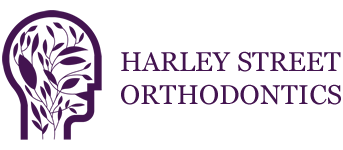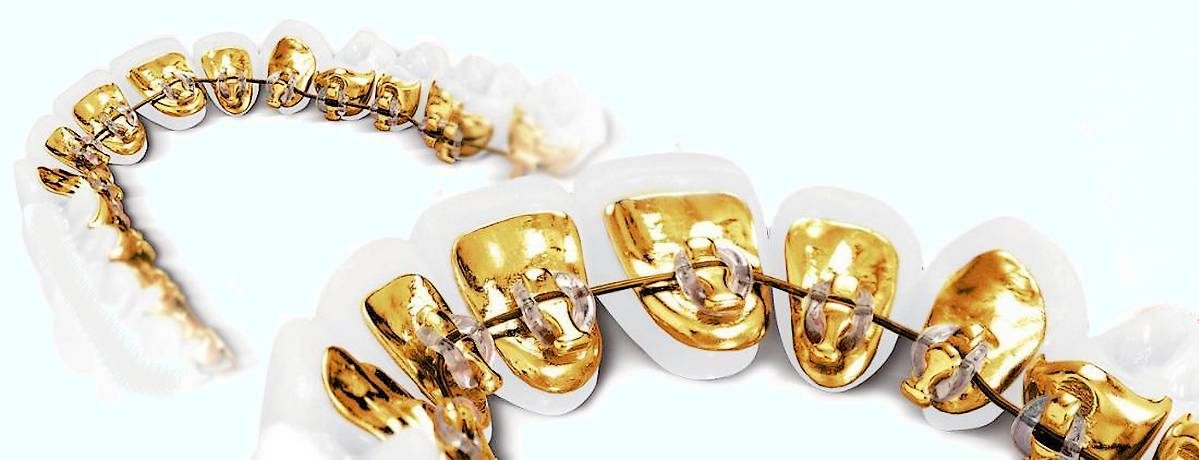Our patients are equally positive about Incognito, although independent research can help with your choice of orthodontic treatment. An aspect we can explore to a fair extent for lingual braces.
They are relatively new, which limits long term research and are only fitted by trained specialists. The British Orthodontic Society (BOS) estimate that 10% of their members offer a lingual option.
Lingual braces have also changed significantly over recent years, through advances in computer controlled modelling and manufacturing. Up to date, independent studies are still readily available.
Primary Evidence
From overall research, the BOS make clear that as with all systems which are fixed to teeth, lingual braces allow for greater three dimensional control than removable options and can treat a wider range of issues.
Evidence to date also shows that the lingual (rear) surfaces of teeth are more resistant to demineralization and caries. The BOS refer to this paper, which shows that lingual options make a difference.
The reasoning given is that lingual brackets are shaped to better fit the teeth and provide a seal across a greater part of the surface.
A 2016 study reviewed evidence across a number of medical libraries. They concluded that the biomechanical principles of lingual orthodontics are now well understood and treatment is as efficient as any appliance.
Practical Experience
Lingual research papers often mention that clinical trials with larger samples and longer time frames are needed to confirm their findings.
This is understandable and will occur over time, although we also have anecdotal evidence from conferences, colleagues and patients. Nothing has come to light which lessens confidence in lingual braces.
If anything, they may be better at their job and have a distinct advantage. As one of the papers above concluded, they are the choice for patients who reject other solutions for social, professional, or aesthetic reasons.

